As a vital part of accessing a home’s condition and maintenance status, a home inspection plays a crucial role in identifying potential safety hazards and issues within a home. Regardless of its age, you need to “inspect what you expect” when it comes to home safety. Here are ways in which a home inspection can contribute to maintaining a safer environment for your family and guests:
Electrical Systems
Inspectors check the electrical wiring, outlets, and panels for any signs of wear, damage, or installation violations. This helps identify potential electrical and/or fire hazards and ensures that the electrical system is providing a safe electrical supply throughout your home.
Plumbing
A thorough inspection of plumbing systems can identify improper configuration, leaks, faulty pipes, and potential water damage. An inspector may also verify the temperature setting of the home’s water heater as being within the safe, recommended range. Addressing these issues can enable repair and correction to help prevent further damage and improve to home safety.
Structural Integrity
Inspectors assess the structural components of the home, including the foundation, walls, roof, decks, porches, and patios. Identifying issues such as cracks, instability, improper design or modification, or water damage can prevent accidents and ensure the home’s overall stability and value.
Heating and Cooling Systems
A home inspection includes accessing the age, condition, and safe operational status of HVAC systems. Regular maintenance and inspection of heating, ventilation, fireplaces, gas logs, and air conditioning systems are crucial for preventing carbon monoxide leaks, and fire hazards, and ensuring proper ventilation. A well-maintained HVAC system is a vital component when it comes to home safety.
Appliances
Home inspectors check household appliances for safety and functionality. Faulty appliances, such as gas stoves or water heaters, can pose serious risks to home safety if not properly maintained. An inspection will also verify the presence and functionality of appliance anti-tip devices.
Fire Safety
Inspectors check for the presence of smoke detectors, carbon monoxide detectors, and fire extinguishers. Ensuring these safety devices are in place and working order is vital for early detection and prevention of fires.
Radon Testing
Radon is a colorless, odorless gas that can be harmful in high concentrations. Radon exposure is currently the 2nd highest cause of lung cancer in the US, responsible for over 20,000 related deaths per year. In midwestern states such as Nebraska and Iowa, radon levels are some of the highest in the country. If your home hasn’t been tested for radon, your home inspector can add radon testing to the inspection to identify and address elevated levels, promoting a healthier indoor environment.
Pests and Mold
Identifying and addressing issues related to pests and mold is essential for home safety. Pests carry diseases and can cause damage to the structure, and mold can lead to respiratory problems.
Accessibility and Safety Features
Home inspectors may evaluate the home for accessibility and safety features, especially if there are elderly residents or individuals with mobility challenges. This can include checking handrails, ramps, and other modifications to ensure they are in good condition.
General Safety Concerns
Home Inspectors will also look for general safety concerns such as trip hazards, proper ventilation, mechanical garage door operation, and safe access to different areas of the home. Awareness and correction of these issues can help prevent accidents and injuries.
By identifying and addressing these issues during a home inspection, homeowners can take proactive measures to make their homes safer for occupants. Ongoing maintenance inspections, along with prompt repairs and maintenance, can identify problems before they become significant and more costly, and enable a homeowner to maintain a safer living environment.


